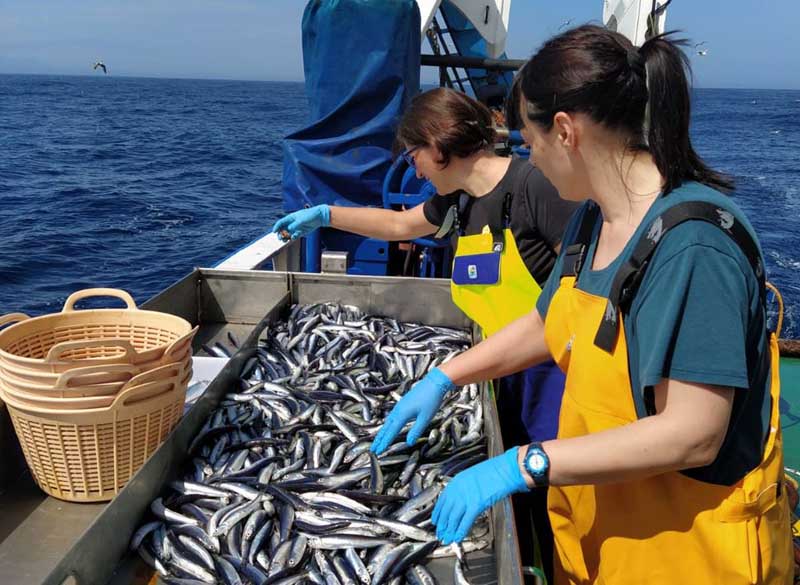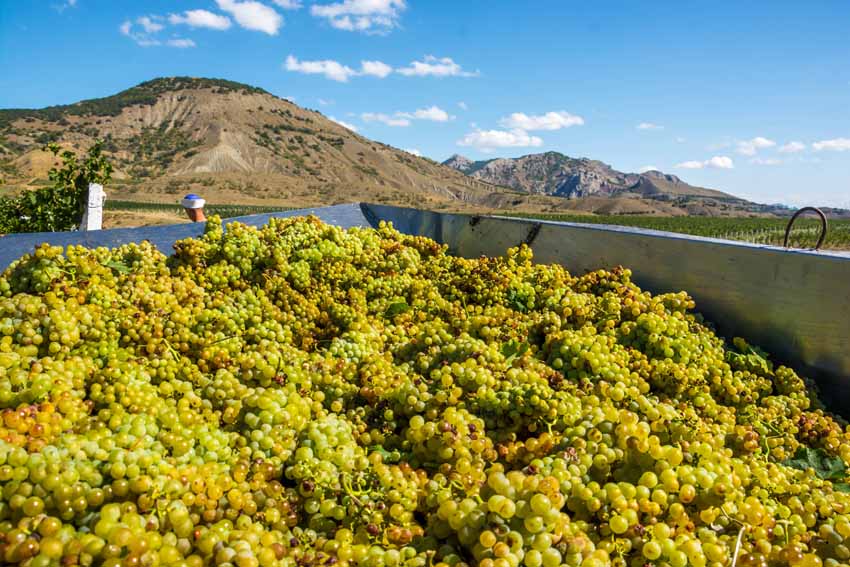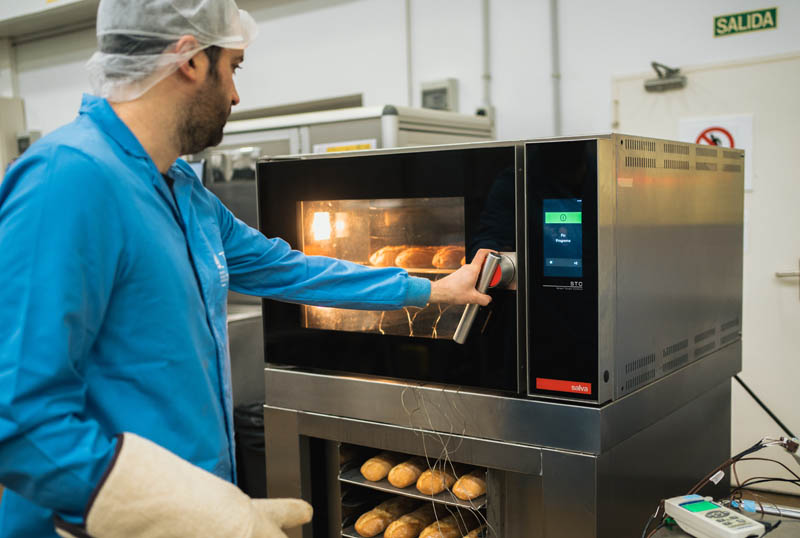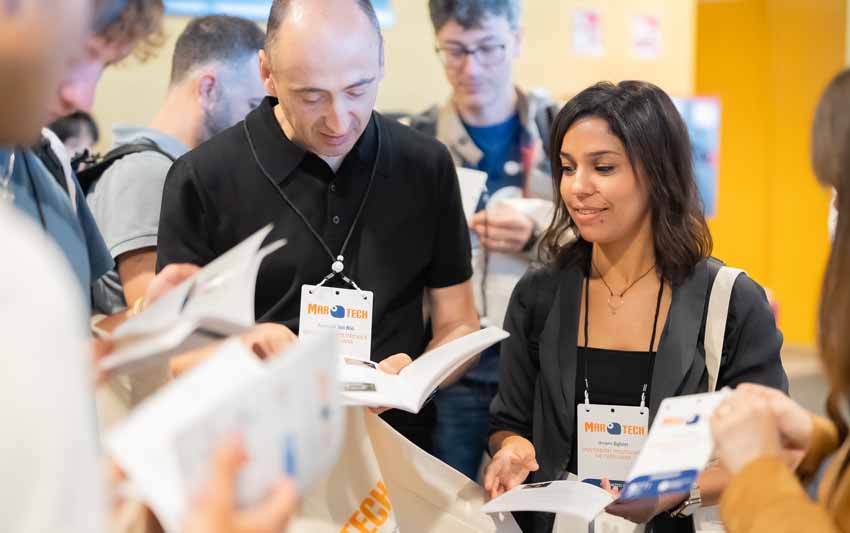The anchovy still in good condition: 143,000 tons in the Bay of Biscay
Últimas noticias
Una mirada LGTBIQ+ al reino animal
Circular Economy in Action: Valorisation of By-products through Projects like PRIMA NEWFEED
Strategic Perspectives: Highlights from the Food4Future World Summit for Business Leaders
- AZTI’s 2023 Bioman campaign presents provisional results that guarantee the sustainability of the species and confirm its good status.
- The definitive estimate will be obtained at the end of the year from the joint analysis of the data collected by this, the Juvena and Pelgas campaigns and the fleet catches.
- “The Bioman campaign is a tool to know the state of our seas and the resources they provide us, and is part of our commitment to the care of the environment, the sustainability of the Basque fishing sector and the conservation of the Cantabrian coast,” said the Deputy Minister Oroz.
July 13, 2023– The results of the annual Bioman scientific campaign estimate a provisional biomass of adult anchovy of 143,000 tons in the Bay of Biscay. The figures guarantee the sustainability of the species, being well above the 21,000 tons that mark the limit to ensure the sustainability of the anchovy fishery.
The AZTI technology center has presented these results after the analysis of the samples collected during the month of May on board the oceanographic vessels Emma Bardán and Vizconde de Eza of the General Secretariat of Fisheries of the Ministry of Agriculture, Fisheries and Food.
The biomass estimate of the Bioman 2023 campaign is well above the historical average (75,000t) and shows a high recruitment (81% of 1-year-old specimens) compared to the historical percentages of the series.
“The anchovy is a short-lived species (about 3 years) that depends largely on the state of recruitment (specimens of 1 year old). That is why the percentage of age 1 (one year) is so high, confirming its good condition” said María Santos, expert in sustainable fisheries management at AZTI and coordinator of the Bioman campaign. However, the researcher warns: “To be able to forecast the recruitment of 2024 we have to wait for the results of the Juvena campaign, in which it is estimated which part of the individuals born in May of this year will reach juveniles in autumn 2023. This depends on various environmental and ecosystem factors such as temperature, food availability or predators.”
The final figure will be obtained at the end of the year with the data obtained from this campaign and the Juvena initiatives, also led by AZTI; Pelgas, coordinated by the French institute Ifremer; and the catches of the fishing fleet.
The joint analysis, which will be developed in AZTI-Pasaia during the ICES (International Council for the Exploration of the Sea) anchovy, sardine and horse mackerel working group, will serve to give advice in the determination of the TAC (Total Allowable Catch) for 2024.

Integral commitment to the sustainability of the seas
The Bioman Campaign (doi.org/10.57762/N22G-WQ88) is funded by the Department of Economic Development, Environment and Sustainability of the Basque Government and the European Commission, with the collaboration of the General Secretariat of Fisheries of the Ministry of Agriculture, Fisheries and Food.
The Deputy Minister of Agriculture, Fisheries and Food Policy of the Basque Government and President of AZTI, Bittor Oroz, stressed that “anchovy is the fundamental resource for fishing in the Basque Country and the driving force of our economy. The Bioman campaign is a fundamental tool to know the state of our seas and the resources they provide us, and is part of our commitment to environmental care, the sustainability of the Basque fishing sector and the conservation of the Cantabrian coast”.
Not surprisingly, as has been usual since 2016, the Bioman campaign has been carried out with an ecosystemic approach in order to study how natural variability and climate change affect fishery resources.
Thus, in addition to estimating the biomass of the species, the focus has been on other factors such as anchovy food, increasing in recent decades; or the presence, abundance and behavior of predators, other marine organisms, human activities, marine debris or meteorological phenomena.







